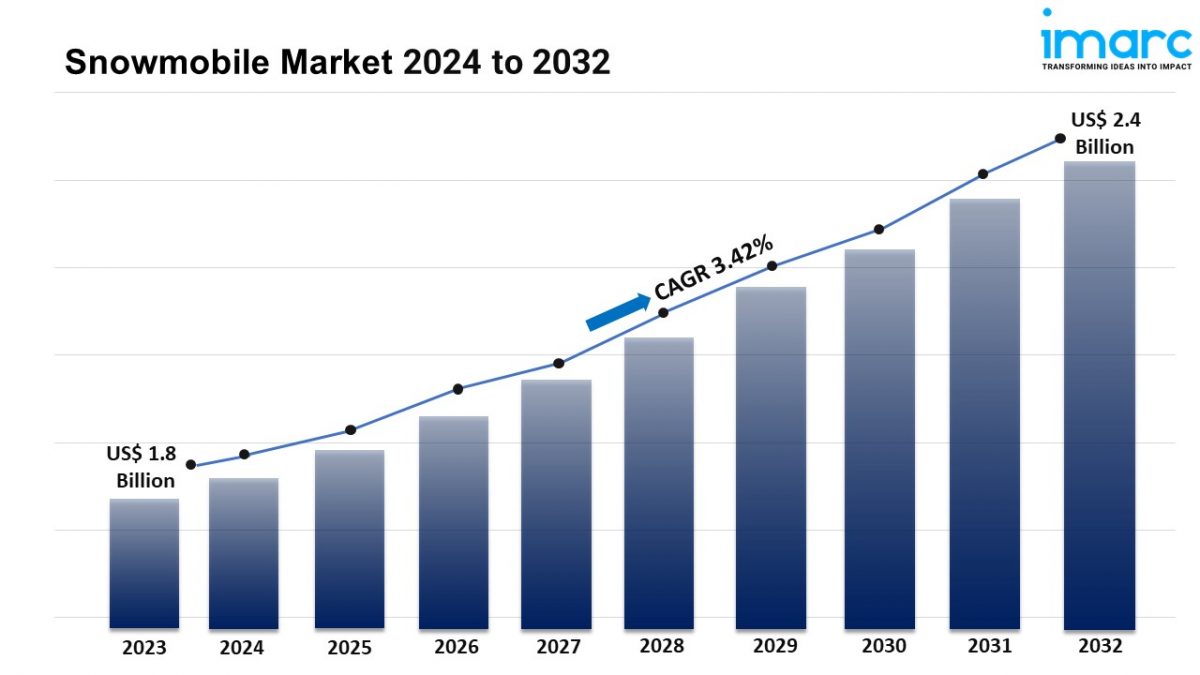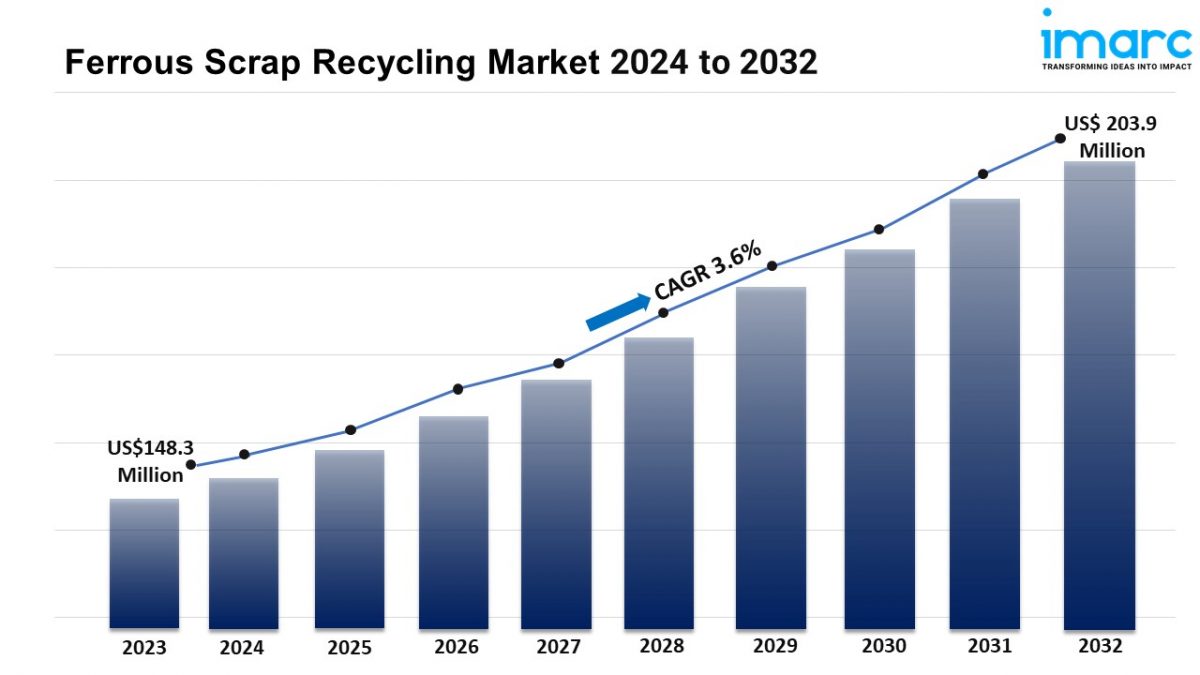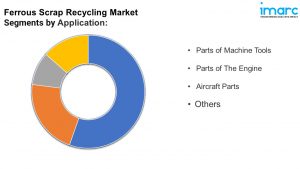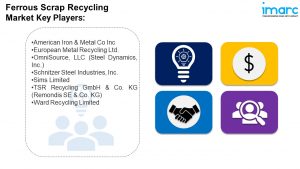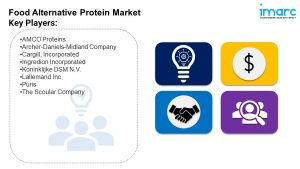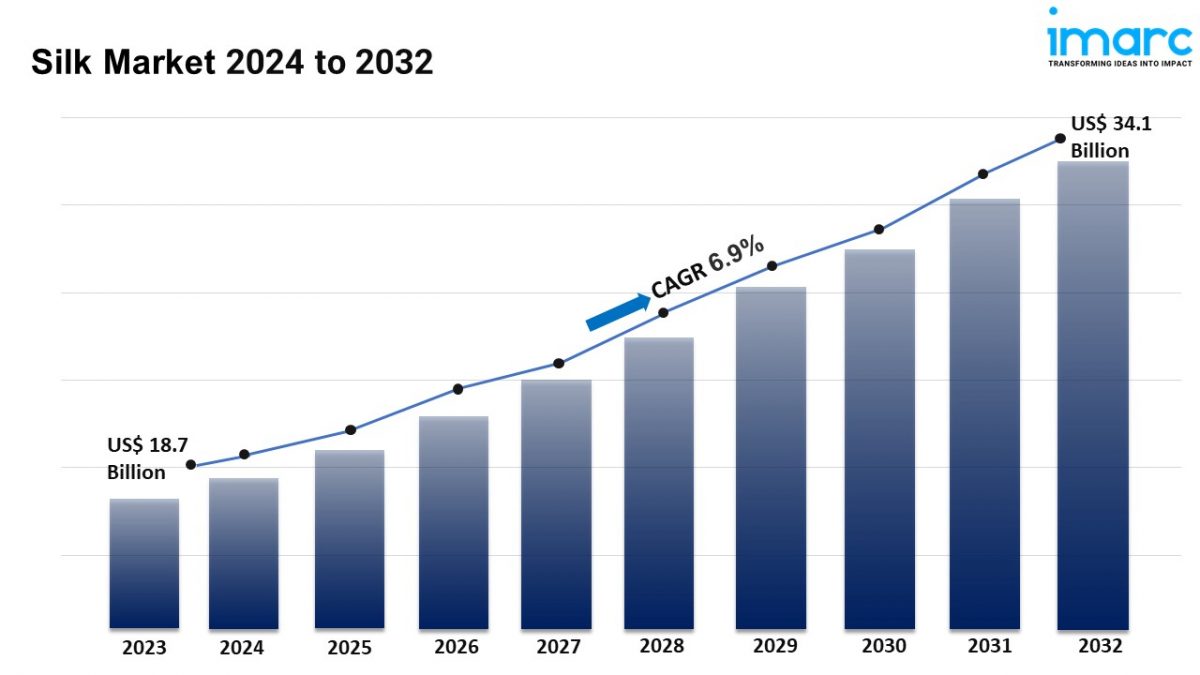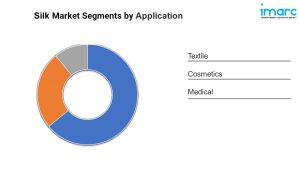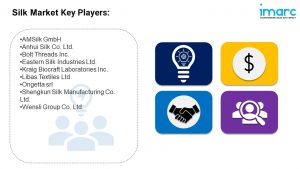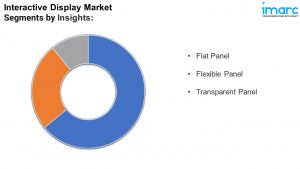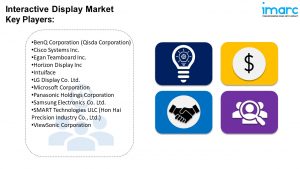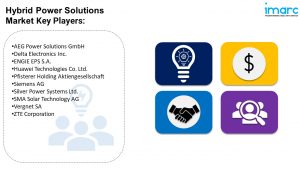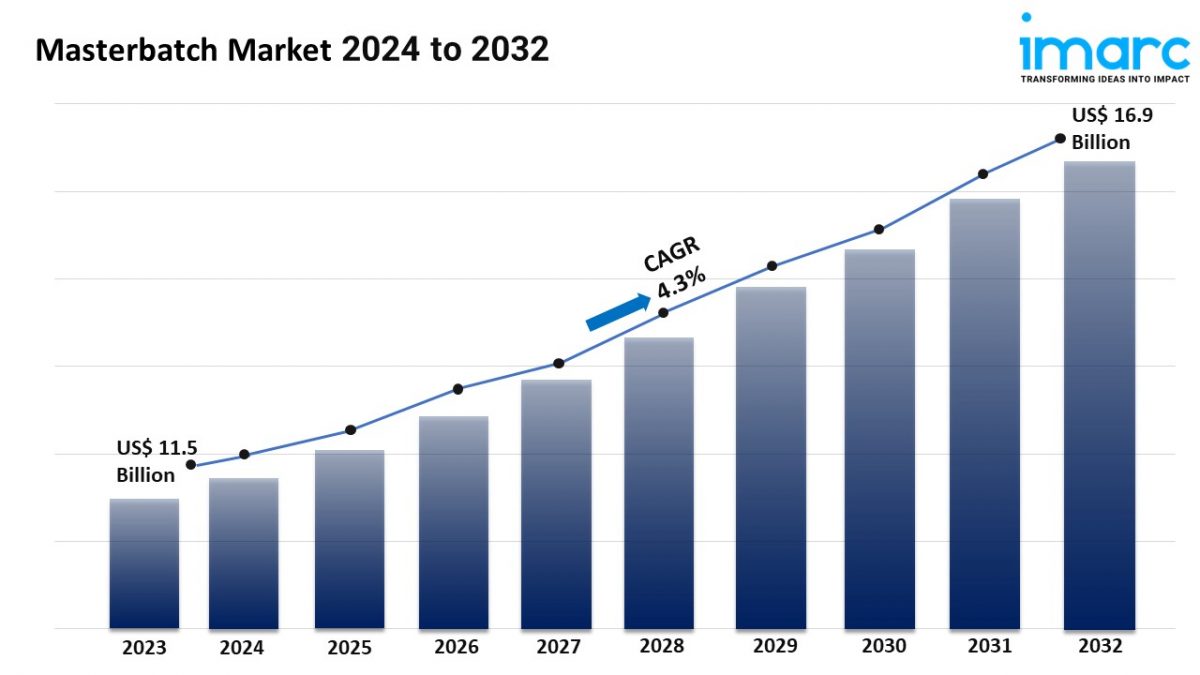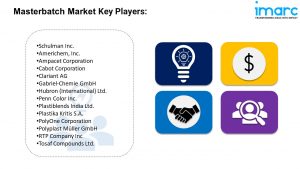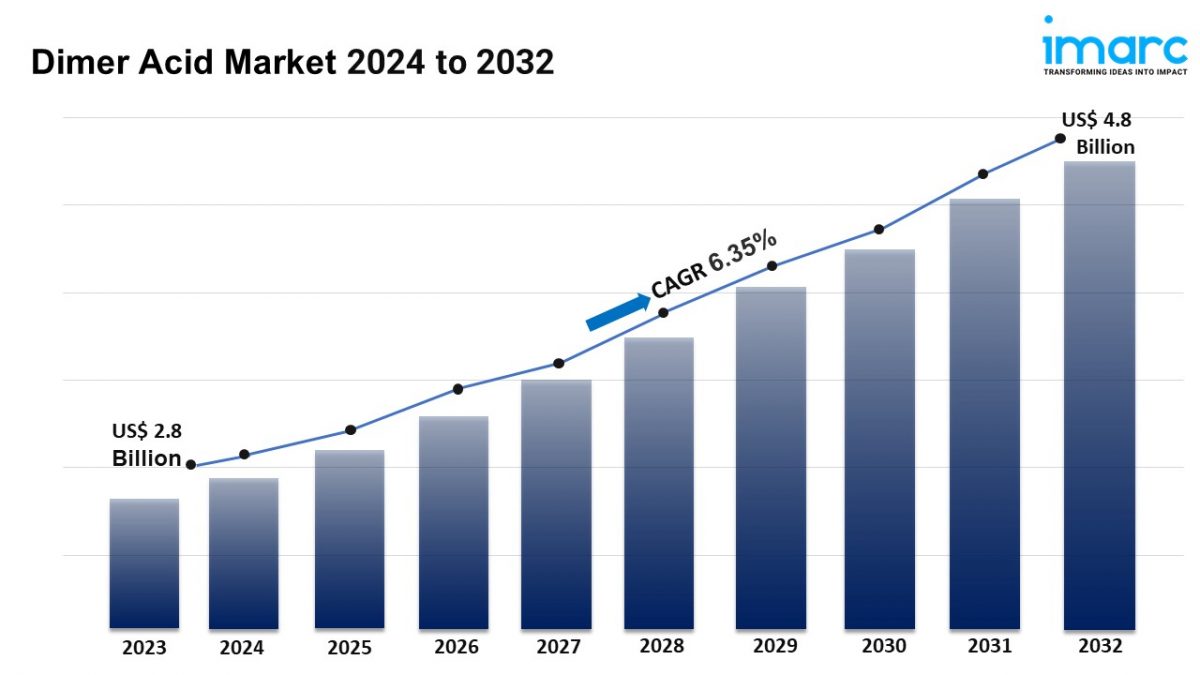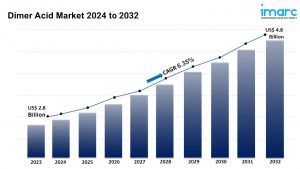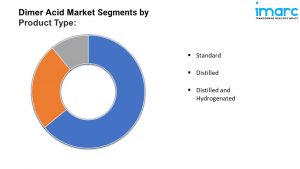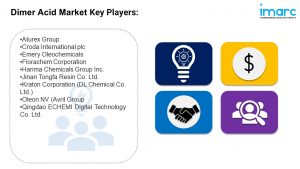Summary:
- The global snowmobile market size reached USD 1.8 Billion in 2023.
- The market is expected to reach USD 2.4 Billion by 2032, exhibiting a growth rate (CAGR) of 3.42% during 2024-2032.
- Asia Pacific leads the market, accounting for the largest snowmobile market share.
- Trail accounts for the majority of the market share in the product type segment due to its versatility and widespread use across various terrains, making it ideal for both recreational riding and tourism.
- 2-stroke engine holds the largest share in the snowmobile industry.
- 500cc to 900cc remain a dominant segment in the market, as it offers an ideal balance of power, fuel efficiency, and versatility, catering to both recreational riders and professionals.
- Single seater represents the leading seating capacity segment.
- The expanding snowmobile racing events and competitions is a primary driver of the snowmobile market.
- Government investments in developing snowmobile-friendly infrastructure, along with the increasing disposable income levels are reshaping the snowmobile market.
Industry Trends and Drivers:
- Growing popularity of snowmobile tourism:
The rising popularity of snowmobile tourism is playing a major role in driving the global snowmobile market. In regions with extensive snow-covered landscapes, snowmobiling has become a popular winter activity, drawing both enthusiasts and casual riders. Destinations such as Scandinavia, North America, and Russia are seeing a rise in snowmobile-related tourism, as these areas offer vast, scenic trails that cater to different skill levels. Snowmobile tours often provide tourists with unique ways to explore remote wilderness areas and enjoy winter sports, which has made them a key attraction during colder months. Local businesses, such as hotels, restaurants, and equipment rental shops, are increasingly aligning their services with the snowmobile season, creating an ecosystem that further supports the market. This has led to the emergence of snowmobile tour operators that cater specifically to tourists, offering a variety of packages that include guided tours, rentals, and training for beginners.
- Technological advancements in snowmobile design:
Innovations in snowmobile technology are another critical driver for market growth. Manufacturers are focusing on enhancing the performance, safety, and environmental footprint of snowmobiles. One area of innovation is engine technology, with more fuel-efficient and eco-friendly engines being developed to meet stringent emission regulations. Electric snowmobiles are also entering the market, offering a cleaner alternative to traditional gas-powered models. These electric versions are appealing to environmentally conscious consumers and are gaining popularity in regions with strong environmental regulations. In addition to engines, snowmobiles are becoming more ergonomic, offering features such as heated seats, adjustable handlebars, and advanced suspension systems that make the ride more comfortable. These improvements cater to recreational users and to professionals who rely on snowmobiles for work, such as in the transportation of goods in remote snow-covered regions. Enhanced safety features, such as better braking systems, anti-lock brakes, and traction control, also contribute to the appeal of newer models.
- Increased interest in winter sports and outdoor recreation:
The global trend toward outdoor recreational activities, particularly in winter sports, is another significant factor driving the snowmobile market. Snowmobiles offer a thrilling experience that appeals to adrenaline-seeking sports enthusiasts. Activities such as snowmobile racing, freestyle events, and endurance rides have gained popularity, drawing large crowds and increasing media coverage, which boosts market visibility. The COVID-19 pandemic has also played a role in boosting interest in outdoor activities, as individuals sought safe and socially distanced forms of recreation. Snowmobiling fits well into this trend, offering individuals and families a way to enjoy the outdoors while adhering to social distancing guidelines. Furthermore, the inclusion of snowmobiling in competitive sports leagues and events has helped to professionalize the activity, attracting sponsorships, media attention, and a new generation of riders. The rise of social media and digital platforms has also contributed to the growth of this trend, as snowmobile enthusiasts share their experiences, creating a virtual community that fuels interest and participation.
Request Sample For PDF Report: https://www.imarcgroup.com/snowmobile-market/requestsample
Report Segmentation:
The report has segmented the market into the following categories:
Breakup by Product Type:
- Touring
- Trail
- Mountain
- Crossover
- Performance
- Utility
Trail dominates the market as it caters to the majority of recreational riders who prefer groomed and maintained paths, offering a smoother and more accessible snowmobiling experience.
Breakup by Engine Type:
- 2-stroke Engine
- 4-stroke Engine
2-stroke engine holds the maximum number of shares as it offers a higher power-to-weight ratio, making it more suitable for performance-driven activities such as racing and deep-snow riding.
Breakup by Engine Size:
- Below 500cc
- 500cc to 900cc
- Above 900cc
500cc to 900cc represents the largest segment as it provides a perfect balance of power and control, making it suitable for a wide range of snowmobiling activities from casual riding to competitive sports.
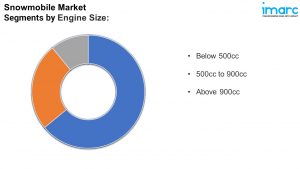
Breakup by Seating Capacity:
- Single Seater
- Multi Seater
Single seater holds the maximum number of shares as it is preferred for individual recreational use and offers better control, agility, and performance, especially in racing and off-trail activities.
Market Breakup by Region:
- North America (United States, Canada)
- Asia Pacific (China, Japan, India, South Korea, Australia, Indonesia, Others)
- Europe (Germany, France, United Kingdom, Italy, Spain, Russia, Others)
- Latin America (Brazil, Mexico, Others)
- Middle East and Africa
Asia Pacific holds the leading position owing to a large market for snowmobile driven by the rapid growth in winter tourism and increasing investments in snow sports infrastructure, particularly in countries such as China and Japan.
Top Snowmobile Market Leaders:
- Alpina Snowmobiles
- Arctic Cat Inc. (Textron Inc.)
- Aurora Powertrains Oy
- Bombardier Recreational Products Inc.
- CMX
- Taiga Motors Corporation
- Yamaha Motor Corporation U.S.A
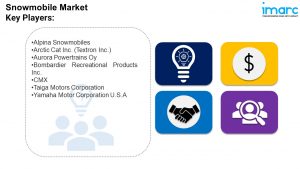
If you need specific information that is not currently within the scope of the report, we will provide it to you as a part of the customization.
About Us
IMARC Group is a global management consulting firm that helps the world’s most ambitious changemakers to create a lasting impact. The company provide a comprehensive suite of market entry and expansion services. IMARC offerings include thorough market assessment, feasibility studies, company incorporation assistance, factory setup support, regulatory approvals and licensing navigation, branding, marketing and sales strategies, competitive landscape and benchmarking analyses, pricing and cost research, and procurement research.
